Disclosure: This article contains affiliate links. We may earn a commission from purchases at no extra cost to you, which helps our travel content.
New York City doesn't sleep, and neither does business. As someone who's navigated both the Richmond police precincts and Leeds detective offices, I've developed an eye for efficiency in chaotic environments. NYC is the ultimate chaos—beautiful, structured chaos. The city's grid system might appear straightforward on paper, but the vertical dimensions of its architecture and the underground networks of its subway system create a multi-layered metropolis that rewards the observant traveler. During my recent consulting work with the NYPD, I discovered that business travel in Manhattan follows similar principles to detective work: preparation is crucial, details matter, and knowing the right spots to decompress is essential. Whether you're closing deals in Midtown or networking in FiDi, this guide will help you navigate the concrete jungle with the precision of a seasoned detective and the cultural awareness of someone who's lived between worlds.
Strategic Accommodations: Beyond the Midtown Default
Most executives default to Midtown hotels, creating a predictable pattern that any detective would notice immediately. Break the mold by considering alternatives that better serve your specific business needs.
If your meetings cluster around Lower Manhattan, the sleek modernism of hotels in FiDi offers proximity to major financial institutions while providing fascinating architectural contrasts between historic structures and glass towers. The Beekman, housed in a restored 1883 building with a breathtaking nine-story atrium, provides a visual history lesson in Victorian architecture while offering contemporary luxury.
For tech-focused business in the Chelsea/Flatiron area, consider boutique accommodations near the High Line. The juxtaposition of the elevated park's industrial-chic design against the surrounding glass structures creates a perfect metaphor for innovation built upon tradition—something I've found particularly inspiring when working cases that require creative thinking.
My personal preference? The noise-cancelling earbuds have been invaluable for maintaining focus regardless of accommodation choice. During my last consulting stint with a financial security firm near Wall Street, these became essential for transforming any hotel room into a productive workspace, especially when sirens and honking taxis threatened my concentration during late-night report writing.
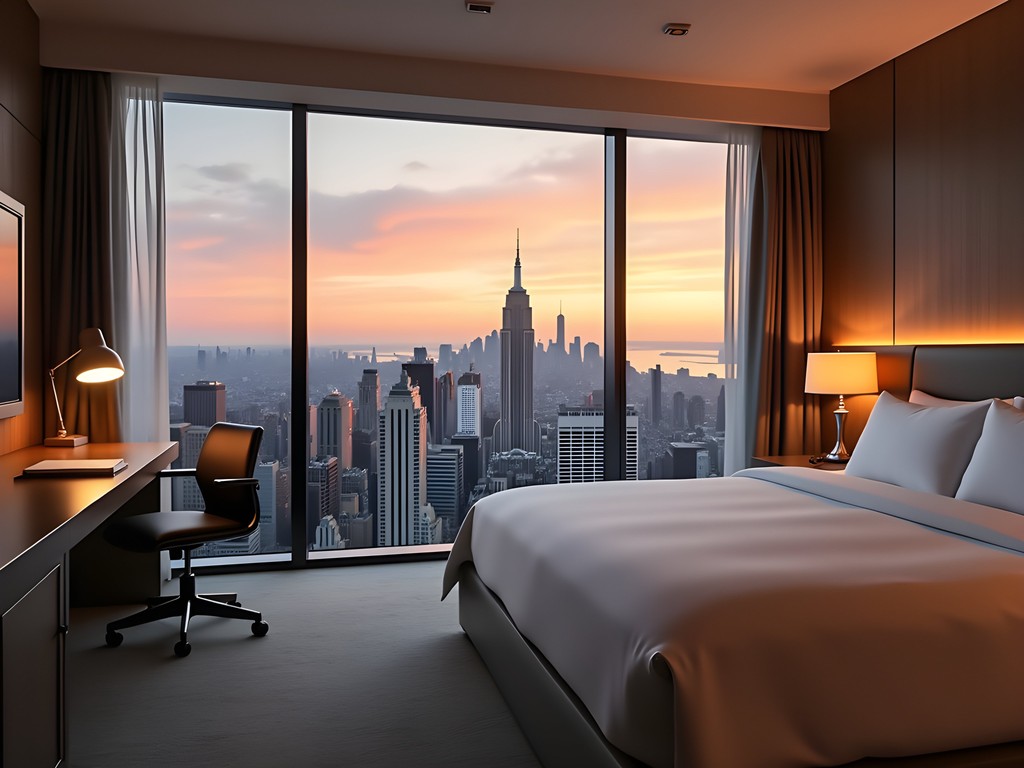
💡 Pro Tips
- Request rooms on higher floors for better sound insulation and potentially inspiring views
- Choose hotels with executive lounges for impromptu meeting spaces without restaurant prices
- Consider proximity to subway lines rather than just your meeting locations
Architectural Navigation: Reading the City Like Evidence
My background in criminology taught me to see patterns where others see chaos. In New York, the architectural landscape isn't just aesthetic—it's functional intelligence for the savvy business traveler.
Manhattan's grid system seems straightforward until you factor in its three-dimensional reality. The buildings themselves function as landmarks more reliable than street signs. Learn to navigate by architectural signatures: the stepped Art Deco crown of the Chrysler Building, the gothic spires of St. Patrick's Cathedral, or the distinctive triangular Flatiron Building.
When moving between meetings, I treat the city like a crime scene—nothing is random. Notice how the shadows of skyscrapers create natural cooling corridors in summer and wind tunnels in winter. These environmental factors can affect everything from your walking route to your arrival condition at meetings.
The transitions between architectural eras tell stories about neighborhood boundaries more accurately than any map. The shift from the glass towers of Midtown to the cast-iron facades of SoHo signals not just a change in aesthetics but in business cultures.
During my recent consulting work with financial institutions, I found myself frequently traversing the city with sensitive materials. My secure laptop backpack proved invaluable—professional enough for executive meetings yet secure enough to transport confidential documents through crowded streets and subway cars.
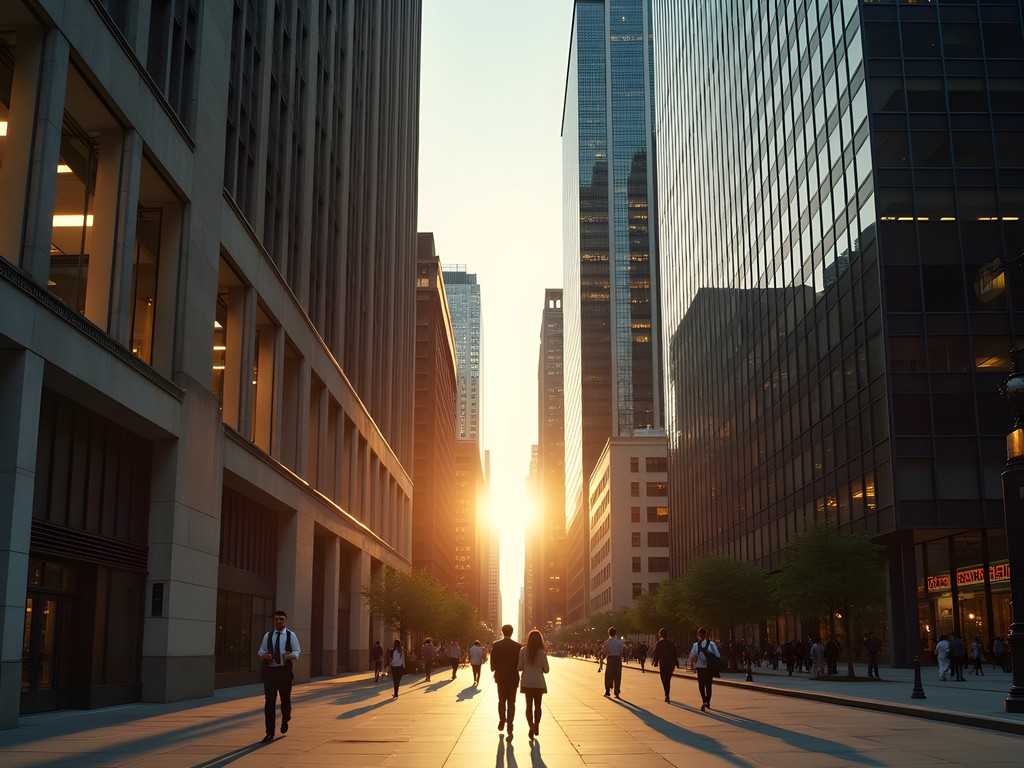
💡 Pro Tips
- Use buildings as navigation markers rather than relying solely on street names
- Plan walking routes that utilize indoor arcades and atriums during extreme weather
- Study the city's architectural history to better understand neighborhood boundaries and business cultures
Time-Efficient Transport: The Detective's Approach
In detective work, choosing the right mode of transportation can make or break a case. The same principle applies to business travel in New York.
The subway remains New York's circulatory system, but approach it with tactical awareness. During my NYPD consulting project, I noticed how express trains function like temporal shortcuts through the city's congestion. The 4/5 express trains can save precious minutes compared to local options, but only if you're traveling significant distances. For shorter hops, the time saved on the train is often lost navigating larger express stations.
Don't dismiss buses—they offer above-ground reconnaissance opportunities that subways can't provide. The M5 down Fifth Avenue has given me crucial contextual understanding of Midtown's layout that no underground journey could provide. Plus, the elevated perspective helps memorize landmarks for future navigation.
For crucial meetings where timing is non-negotiable, car services are worth the investment. I've found that scheduling a ride service through their business profile feature allows for expense tracking while ensuring professional transportation. The ability to work during transit adds productive minutes to your day.
When meetings cluster in specific districts, consider temporary micro-mobility solutions. During my week consulting in the Flatiron District, a folding electric scooter proved surprisingly effective for short distances between client locations, though I recommend confirming your hotel's storage policies before bringing one.

💡 Pro Tips
- Download the NYC subway map to your phone but also carry a physical pocket map as backup
- Build 25% more transit time than Google Maps suggests during rush hours
- For multiple meetings in one area, consider walking rather than short subway hops
Productive Decompression: The Architectural Nightlife Connection
My dual fascination with architecture and nightlife isn't just personal—it's practical. In both detective work and business travel, knowing where to decompress effectively is crucial intelligence.
New York's rooftop bars offer the perfect synthesis of architectural appreciation and strategic networking. Venues like The Roof at PUBLIC Hotel provide panoramic views that contextualize your day's movements while offering spaces for informal business conversations. The dramatic juxtaposition of illuminated skyscrapers against the night sky provides perspective that conference rooms simply cannot.
For solo business travelers, hotel bars with architectural significance offer productive solitude. The Lobby Bar at The Beekman features a stunning Victorian atrium that inspires creative thinking—I've solved more than one complex security analysis while nursing a whiskey beneath its skylight.
When meetings run late, knowing which establishments combine quality dining with atmosphere becomes essential. The Campbell in Grand Central Terminal transforms a historic office into a bar that feels simultaneously productive and relaxing—the perfect transition space between work and rest.
For those who prefer cultural decompression, evening architectural tours offer mental refreshment without the alcohol. The Municipal Art Society's walking tours have given me insights into the city's development that have proven unexpectedly relevant to understanding corporate client cultures.
After particularly intensive meeting days, I've found that quality sleep becomes non-negotiable. My travel sleep mask has been essential for achieving darkness in the city that never sleeps, especially in hotel rooms with insufficient blackout curtains.
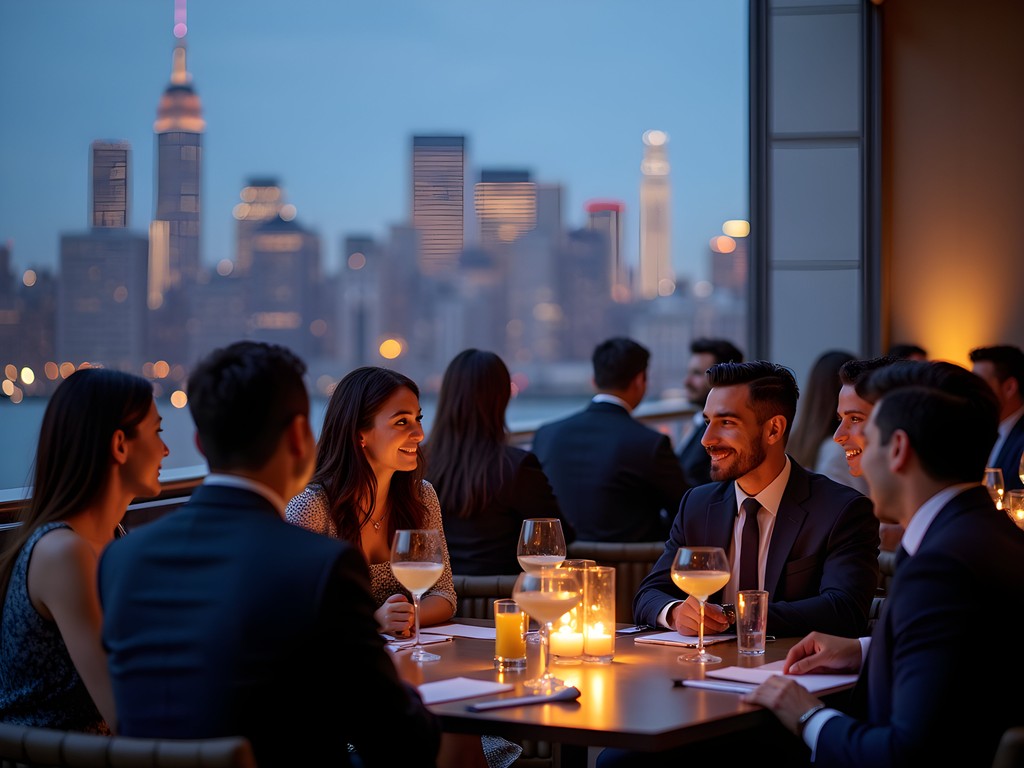
💡 Pro Tips
- Schedule at least one architectural observation point into each business trip for perspective
- Use rooftop venues for informal client meetings that benefit from inspiring settings
- Maintain a personal list of quiet, architecturally significant spaces for reflection time between meetings
Security Consciousness: The Detective's Advantage
My law enforcement background gives me a particular perspective on business travel security in New York. While the city is far safer than its dated reputation suggests, situational awareness remains valuable.
Executives carrying sensitive materials should approach hotel rooms with the same security mindset they apply to offices. Digital security often overshadows physical document security, but both matter. I've made it standard practice to travel with a slim portable safe for documents and devices when working with financial clients in Manhattan.
Public WiFi networks in New York—even in luxury hotels—should be approached with caution. During my consulting work with financial institutions, I observed concerning vulnerabilities in several hotel networks. A portable travel VPN router creates a secure connection regardless of your location, essential for accessing sensitive corporate data.
The most overlooked security aspect of business travel is predictability. Varying your routines—different coffee shops, alternate routes between venues—reduces pattern recognition opportunities. This might sound paranoid, but for executives handling valuable intellectual property or financial data, these small variations add meaningful protection.
When navigating between meetings, maintain what we call in law enforcement "relaxed awareness"—conscious of surroundings without appearing anxious. This middle ground between paranoia and obliviousness is particularly valuable in transit hubs like Grand Central or Penn Station during rush hours when opportunistic theft can occur.
For evening movements between venues, the well-lit major avenues provide better security than shorter routes through side streets, particularly in transitional neighborhoods where business districts border residential areas.
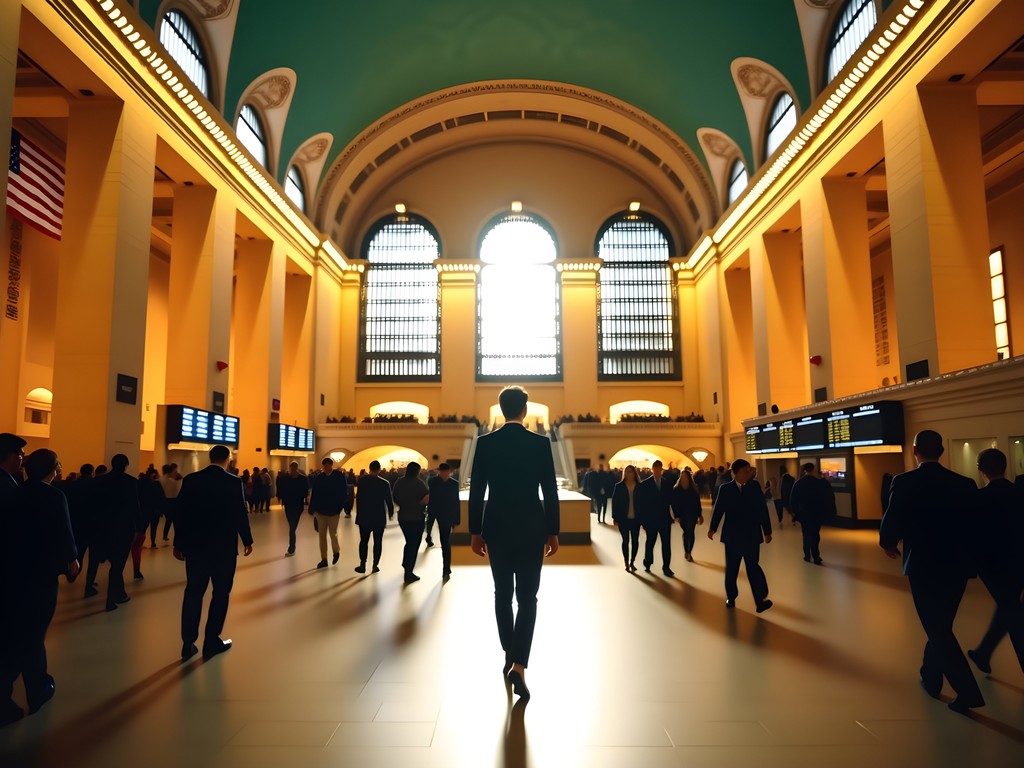
💡 Pro Tips
- Use hotel safes but also bring a portable travel safe for sensitive documents
- Create a security routine for your devices and documents when leaving hotel rooms
- Maintain digital security through dedicated travel VPNs rather than free hotel WiFi
Final Thoughts
New York rewards the observant traveler who approaches it with both analytical precision and cultural curiosity. As a detective accustomed to finding patterns in chaos, I've found that successful business travel here requires similar skills: preparation, adaptability, and attention to detail. The architectural complexity of Manhattan isn't just aesthetic—it's functional intelligence that can enhance your productivity when properly understood. By approaching your business trips with strategic accommodation choices, architectural navigation awareness, efficient transportation tactics, and purposeful decompression methods, you transform from a passive visitor into an active participant in the city's professional ecosystem. The true executive advantage in New York isn't found in luxury experiences but in knowledgeable navigation of its multidimensional complexities. Your next business trip awaits—approach it with the observational precision of a detective and the cultural awareness of a global citizen.
✨ Key Takeaways
- Strategic accommodation selection based on meeting clusters rather than default Midtown locations
- Architectural landmarks provide more reliable navigation than street signs in Manhattan
- Express subway lines and strategic car services create significant time advantages when properly utilized
- Architectural nightlife venues offer productive decompression while maintaining business networking opportunities
- Security consciousness should extend to both digital and physical aspects of business travel
📋 Practical Information
Best Time to Visit
year-round with peak business activity September-November and March-May
Budget Estimate
$500-1000 per day including luxury accommodations and transportation
Recommended Duration
3-5 days for a productive business trip
Difficulty Level
Beginner With Proper Preparation
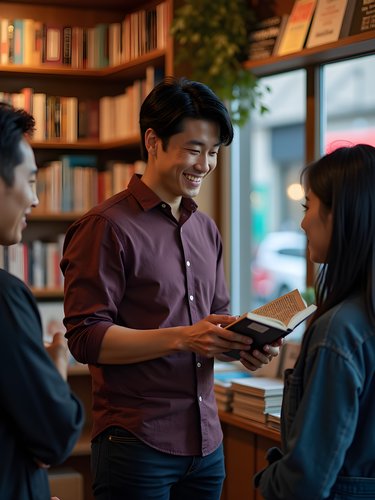
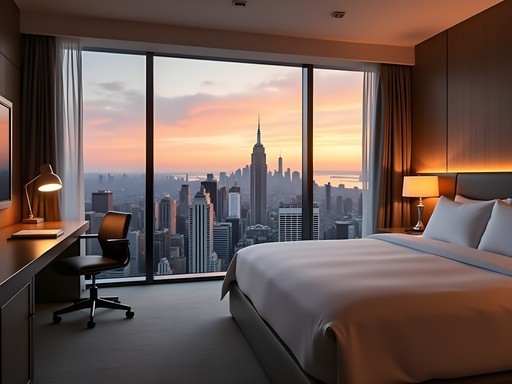

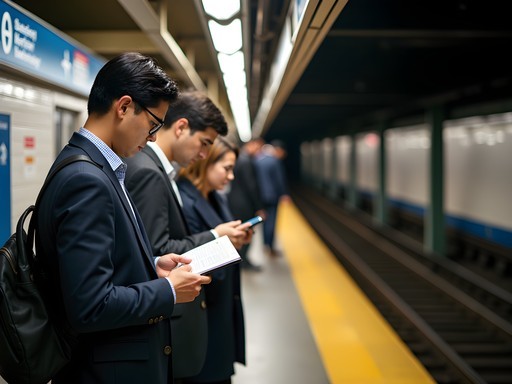
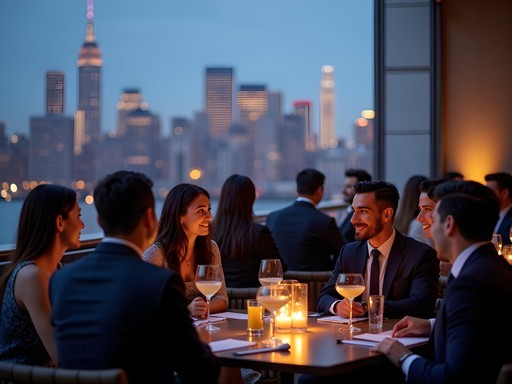
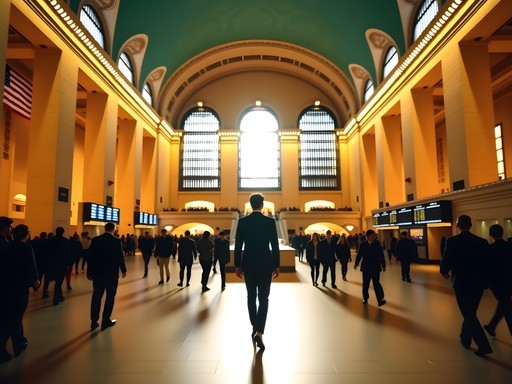


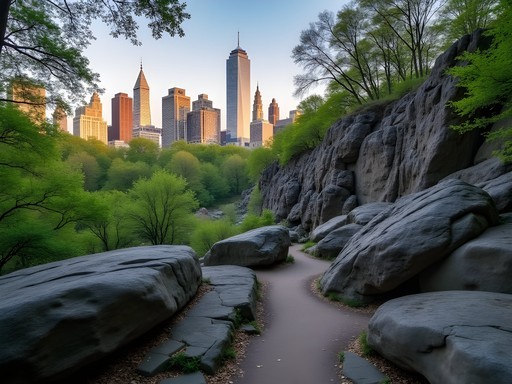
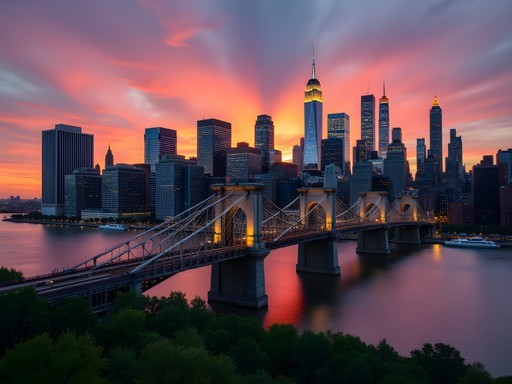
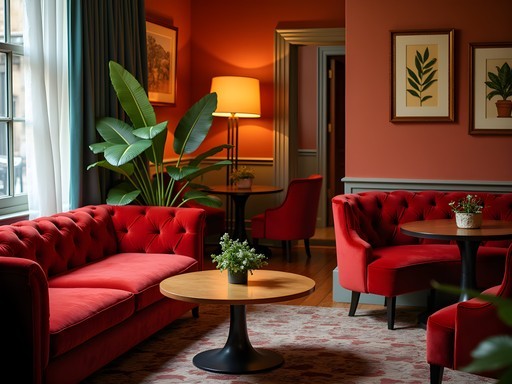
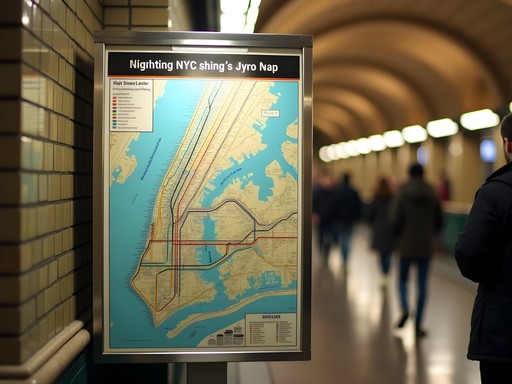


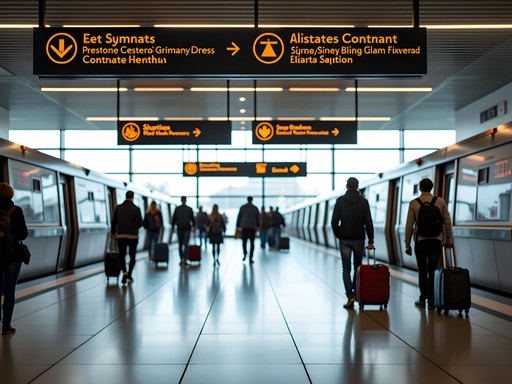
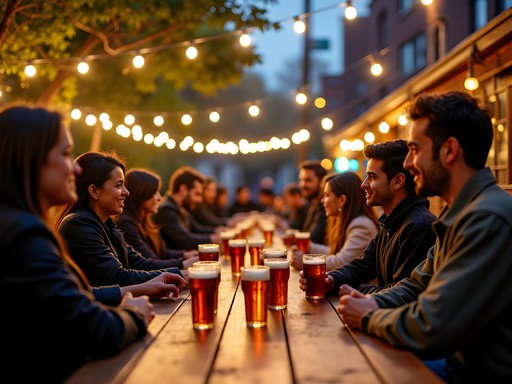
Comments
vacationguy
Great post! Saved for my trip next quarter.
journeyadventurer2058
The subway tip is so true! I was intimidated at first but once I got the hang of it, it was way faster than sitting in traffic in an Uber. The Express trains are game changers for getting uptown/downtown quickly during rush hour.
beachmate
Heading to NYC next month for my first business trip there. Any specific recommendations for accommodations that balance convenience with actually getting sleep? The midtown hotels I've looked at are crazy expensive but I need to be near my meetings in the financial district.
journeyadventurer2058
Not the author but I stayed at the Beekman last time I was there for business. It's right in FiDi and the rooms are super quiet despite being in the middle of everything. I used my noise-canceling headphones at night and slept like a baby even though I'm a light sleeper.
beachmate
Thanks for the tip! Will look into the Beekman. Those headphones sound like a good investment too.
Taylor Moreau
Hayden, your detective's approach to navigating NYC is brilliant. I've been traveling to New York for business quarterly for over a decade, and your architectural navigation section resonated deeply. I've found that understanding the grid system and learning to read building styles has saved me countless hours. One addition I'd suggest: consider the co-working spaces in areas like DUMBO if you need a productive environment away from midtown. The views of Manhattan from there while working can actually enhance creativity during intense business trips.
vacationguy
DUMBO's that area under the bridge right? Worth checking out for non-business stuff too?
Taylor Moreau
Absolutely! Great restaurants, Brooklyn Bridge Park, and some of the best views of the Manhattan skyline. Even if you're there for business, take an hour to walk along the waterfront.
dreamgal
Love this perspective on NYC! The detective angle makes it so much more interesting than typical business travel advice!
photoperson
Just got back from a week of meetings in NYC and followed many of these tips. The advice about avoiding Midtown hotels was spot on - stayed at the Ace Hotel NoMad and it was perfect for access to clients all over the city. One thing I'd add: the subway is great but don't overlook the ferry if you're going between Manhattan and Brooklyn/Queens for meetings. Less crowded, great views, and they have wifi so you can prep between meetings.
happyqueen
OMG this is EXACTLY what I needed!!! Flying to NYC next week for a huge client presentation and I'm FREAKING OUT about managing everything efficiently! The section on productive decompression spots is GOLD - definitely hitting up that rooftop bar in Brooklyn you mentioned!!! Anyone have suggestions for quick healthy breakfast spots near Wall Street? My hotel doesn't include breakfast and I need brain food before my meetings!! 🍎🥑🧠
photoperson
Black Seed Bagels on Elizabeth St is quick and they have good coffee. If you want something more substantial, Maman has great breakfast bowls and isn't usually packed with tourists.
happyqueen
Thank you soooo much!!! Adding both to my list! 🙌
escapewanderer
Love the detective angle! Makes the whole article more interesting than typical business travel stuff.
Adam Nichols
Having analyzed NYC business travel extensively, I've found Hayden's approach to be methodically sound. My data points to one additional strategy: leverage hotel club lounges for impromptu meetings. The Equinox Hotel in Hudson Yards offers exceptional facilities that double as productive workspaces with proper privacy. For executives managing multiple meetings across boroughs, I've calculated that basing yourself near major subway junctions (like Union Square) reduces transit time by approximately 26% compared to central Midtown locations. Time is the ultimate currency in NYC business travel.
globebuddy
The tip about using CitiBike between meetings in Midtown saved me so much time last week! Way faster than sitting in traffic in an Uber. I downloaded the NYC transit app which was super helpful for timing everything. One thing I'd add - if you're doing business in the Garment District, there are some surprisingly good hotel options there with much better rates than the typical Midtown spots.
Venture X
Premium card with 2X miles, $300 travel credit, Priority Pass